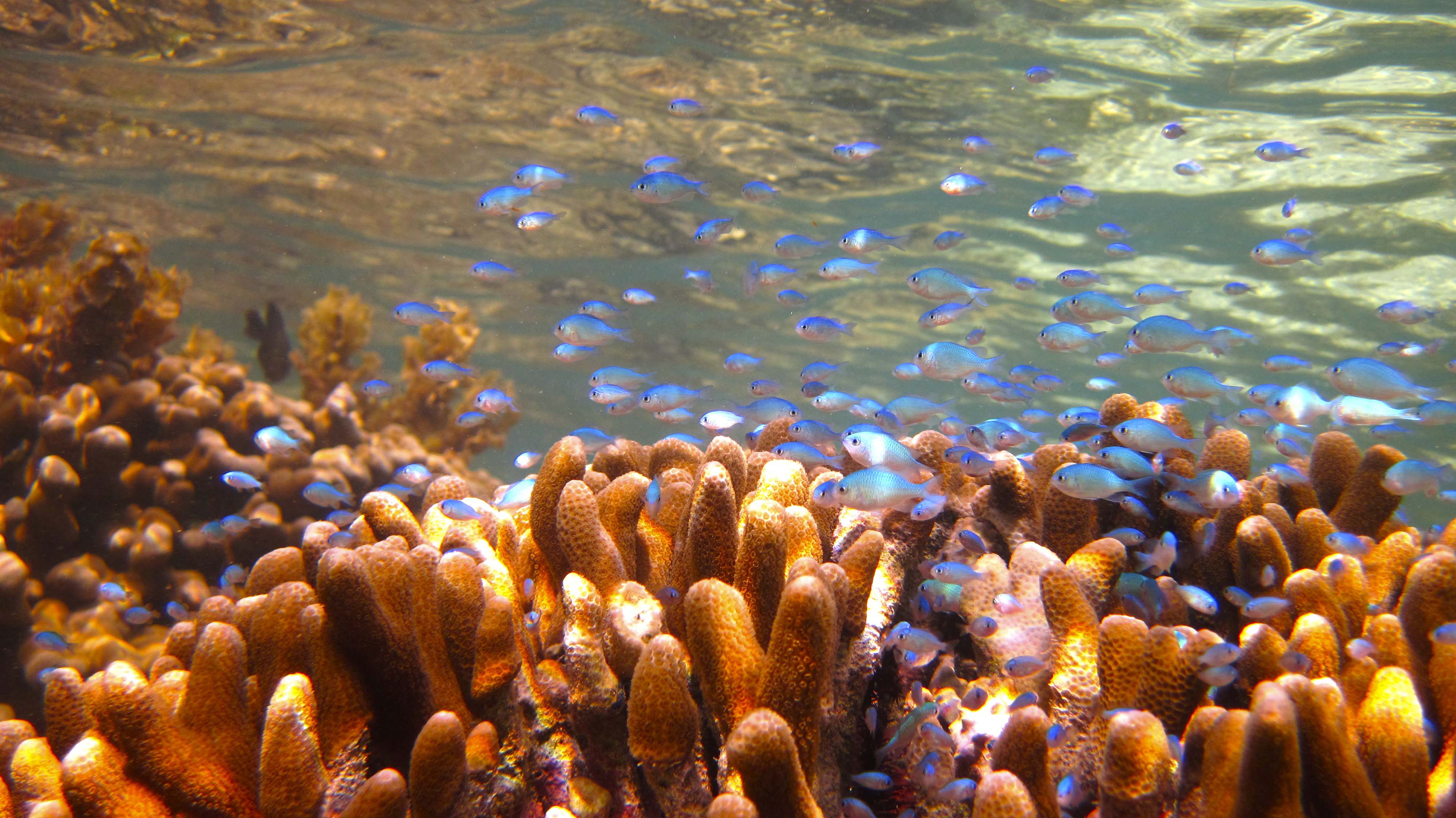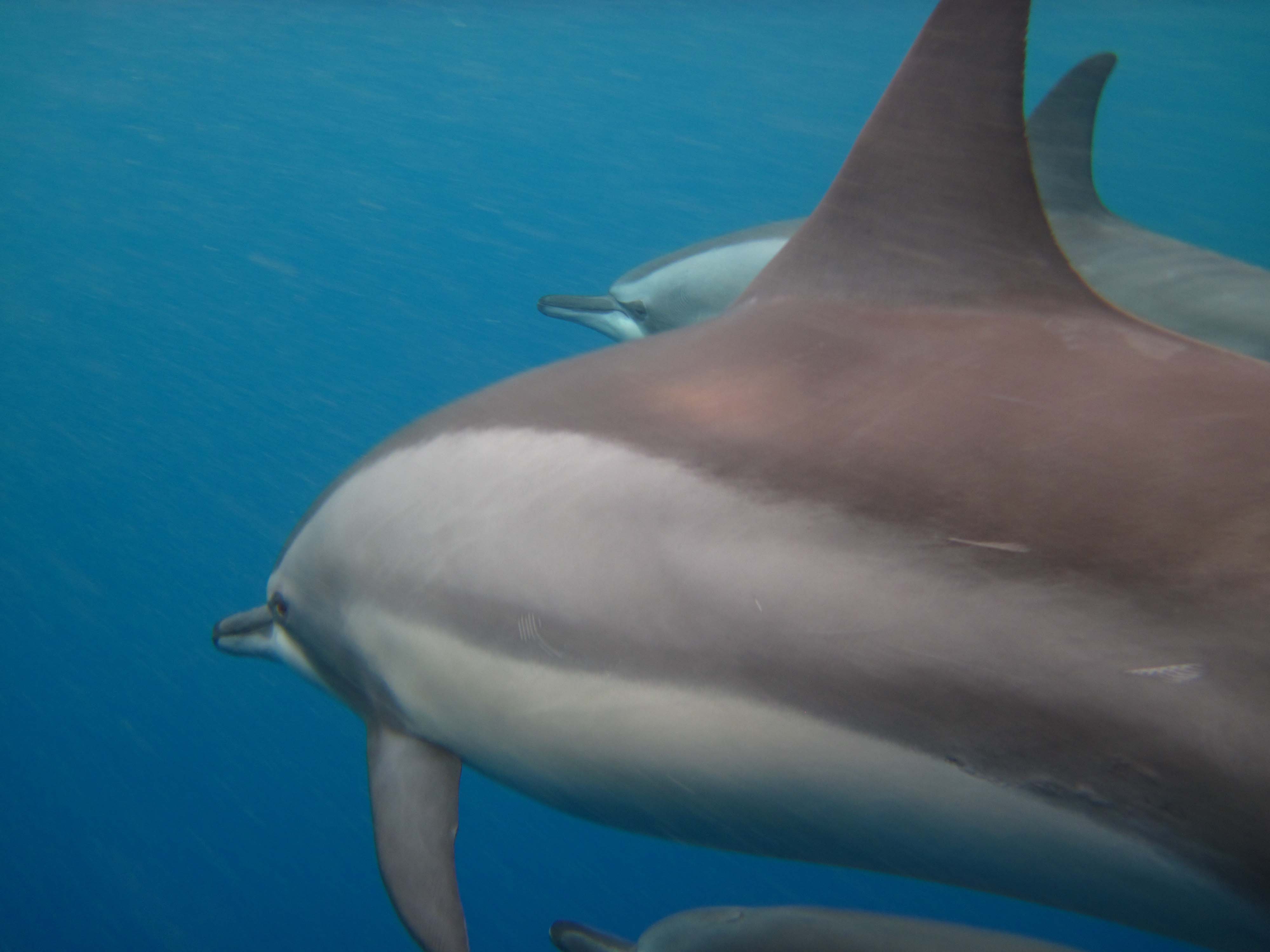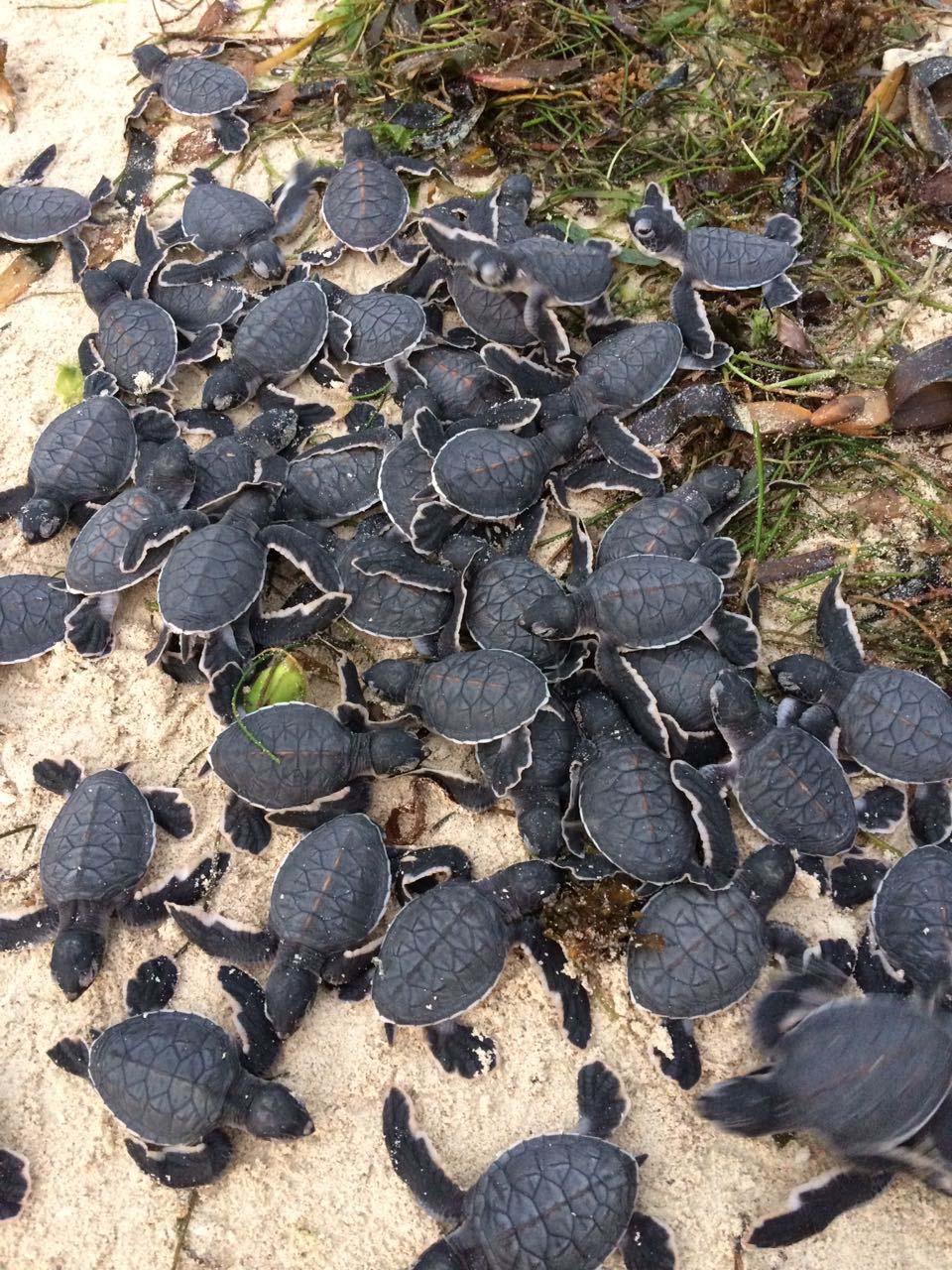




Scientists, who have been monitoring the area before it was closed, estimate a 500% increase in biomass within the area since the closure. The area, previously covered with sea urchins, is now a thriving biodiversity hotspot with the balance restored. The elders report new species in the MPA that have not been seen in living memory. The coral, previously destroyed by human feet, has recovered quickly and the lagoon area is now known as one of the best snorkelling destinations on the Kenyan coast. Local and international students come and learn in our living marine classroom. Turtles feed on the seagrass beds undisturbed, and the number of nests has increased significantly. The area has returned from being a marine desert to a marine paradise and a critical model globally that shows how a poor community can help conserve nature and benefit from it too. Bigger and better catches outside the MPA has ensured support for the permanent closure.
The MPA could not have gone a head without the belief and forsight of the fisherfolk in the area and the acceptance to beleive that positive change was possible even in difficult circumstances. Local knowledge from the elders ensured a suitable site for the closure was chosen. Scientific research also supported the choice as having the most potential for long term improvement. Regular updates on improvements within the MPA has helped sure up the belief that it is successful as a breeding area.
That nature is resilient and can recover amazingly quickly if left alone to do so. Identifying needs and fostering willingness to embrace change can improve livelihoods. The importance of undertaking an environmental impact assessment on the area, underpinned by research and local knowledge, before the project started has been a critical factor towards the success of the MPA. Constant awareness and updates of the improvement in the MPA need to be communicated back to the community. Analysing the information can be used to put into perspective in the socio-economic impact. The importance of communication of our progress back to the community has been something we have had to improve. When the community understands and sees the benefits from change they are, understandably, more willing to accept it.